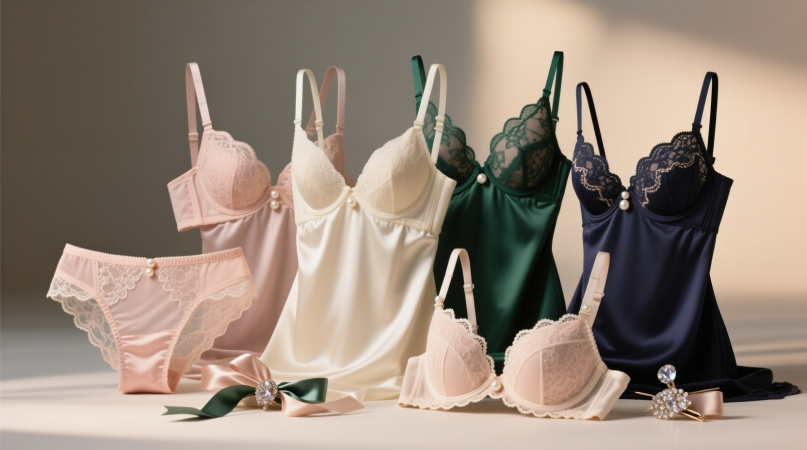Let’s be real for a second.
You’re not here because you want fluff. You’re not here for a listicle dressed up like insight. You’re here because you’re building something — maybe your brand, maybe your line, maybe just your next smart move — and you need to know who’s actually holding it down in the US lingerie space.
And yeah, the market’s big — over $13 billion annually, growing, shifting, demanding better. But here’s what no one tells you: just because it says “made in USA” doesn’t mean it’s built to last — or built for you.
At Fexwear, we’ve spent years deep in the seams of intimate apparel — not just making it, but understanding who makes it well, who cuts corners, and who actually gives a damn about fit, fabric, and fairness.
So this isn’t a regurgitated list pulled from Google’s top 10. This is a breakdown of the 10 lingerie manufacturers USA that are actually shaping the future — not just surviving on nostalgia or influencer hype.
We’ll go beyond the marketing. No sugarcoating. Just real talk on who’s innovating, who’s ethical, who’s scalable, and who might actually be worth your time (and budget).
Let’s get into it.
The Real State of Lingerie Manufacturing in the USA
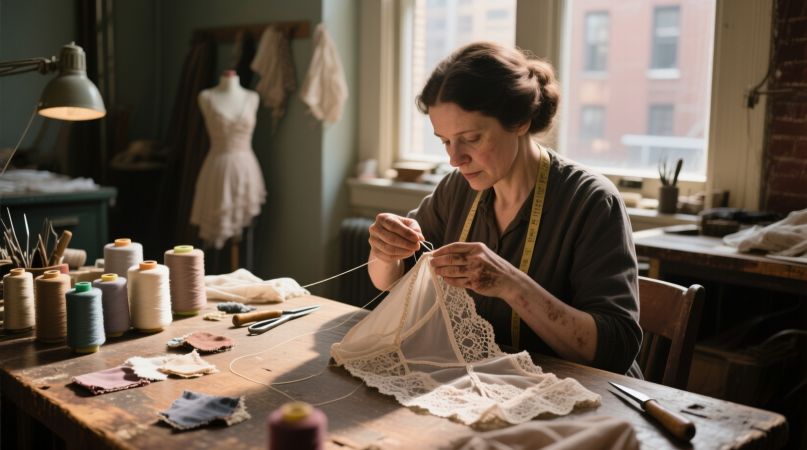
Look, I get it. You see “Made in USA” and your brain lights up. There’s pride in it. There’s marketing power in it. And sure, there’s quality — sometimes.
But here’s the raw truth: most “American-made” lingerie brands don’t actually manufacture in the US. They design here. They market here. But the production? That’s overseas. Often China, Vietnam, or Bangladesh.
Only a handful of brands are doing the real work — running local factories, paying fair wages, controlling quality from stitch one to final inspection.
And that’s not a knock on global manufacturing. At Fexwear, we work with factories across Asia and understand the value of scale, cost, and speed.
But if you’re betting on domestic production — for ethics, speed, or branding — you need to know who’s actually doing it right.
Because the US lingerie manufacturing scene isn’t what it was in the ‘80s. It’s smaller. Leaner. More specialized. And honestly? More honest.
These aren’t mass-market giants cranking out millions of bras. These are craft-focused, design-led, and often founder-driven companies building something real — sometimes in 1,000-unit batches, not 100,000.
And that’s where the opportunity lies.
Why “Made in USA” Still Matters — But Not for the Reasons You Think
Let’s kill a myth: “Made in USA” doesn’t automatically mean better quality.
I’ve seen US-made bras fall apart after two washes. I’ve seen overseas factories produce pieces so precise, so consistent, they outshine domestic work.
So why does it matter?
It matters because of control.
When your manufacturer is in the same time zone, speaks your language, and shares your values — you can walk into the factory. You can tweak a fit. You can change a fabric this week, not next quarter.
You can scale small, test fast, and fail cheap.
That’s the real advantage of US lingerie manufacturers: agility.
And if you’re a startup, a direct-to-consumer brand, or someone testing a niche market, agility is everything.
The Hidden Cost of Going Overseas Too Soon
I had a client — smart, passionate, great brand vision. She launched with a factory in China. MOQ: 5,000 units. She didn’t sell 1,000.
Now she’s sitting on $78,000 worth of unsold lace thongs in a storage unit in Ohio.
She didn’t fail because the product was bad. She failed because she skipped the learning phase.
She didn’t need 5,000 units. She needed 200.
She didn’t need the cheapest price. She needed feedback.
And that’s where US manufacturers — and partners like Fexwear — come in.
You don’t have to choose between “local” and “affordable.” You can start small, validate your product, then scale — with the same quality, whether it’s made in Brooklyn or Bangladesh.
The Top 10 Lingerie Manufacturers USA — No Fluff, Just Facts
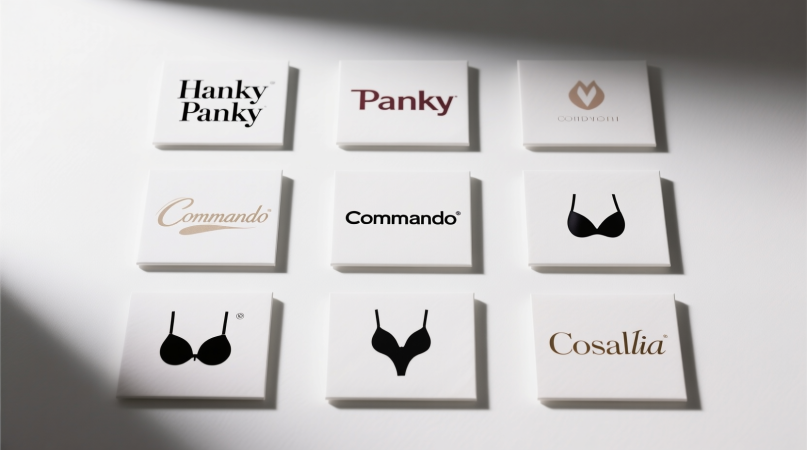
Alright. Enough setup.
Here are the 10 lingerie manufacturers USA that are actually leading — not just trending.
We’re not just listing them. We’re breaking down what they do well, where they fall short, and whether they’re a fit for your brand.
Let’s go deeper.
Hanky Panky: The Gold Standard of Comfort
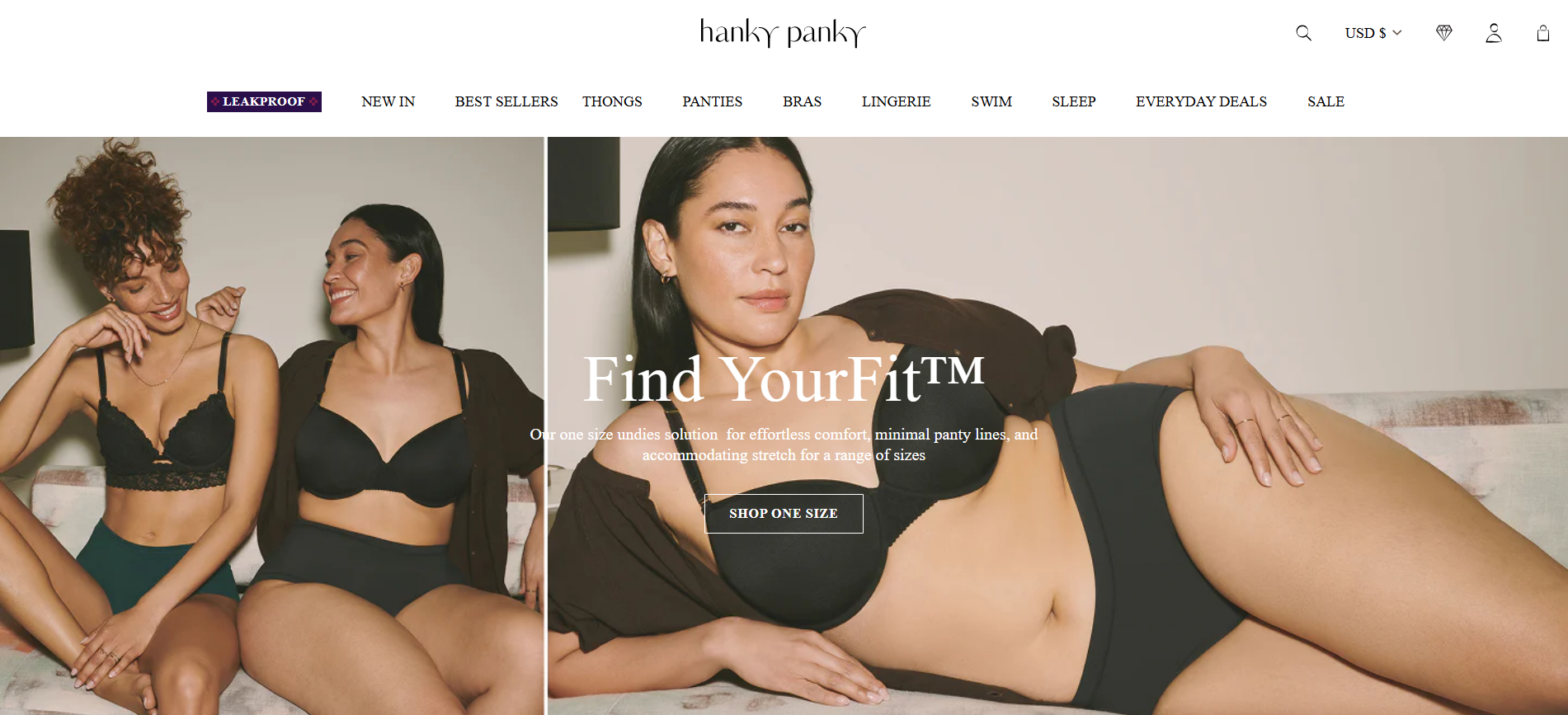
Hanky Panky didn’t invent the thong. But they perfected it.
Founded in 1977 by Gale Epstein and Lida Orzeck, this NYC brand built its reputation on one thing: comfort without compromise.
Their “World’s Most Comfortable Thong” uses over 30 yards of thread per pair. That’s not marketing — that’s engineering. It means durability, no roll-down, no digging.
They’re OEM, so they don’t do private label for other brands. But if you’re studying fit, fabric, or construction, study Hanky Panky.
Pros:
- GOTS-certified fabrics
- Made in NYC and Dominican Republic (ethical oversight)
- Timeless designs
Cons:
- Premium pricing
- Limited fit innovation (still mostly full-coverage styles)
Real talk: If you’re launching a basics line, Hanky Panky is your north star. But don’t copy them — learn from them.
And if you want that level of quality without the $80 price tag? That’s where Fexwear comes in — we help brands source high-end fabrics at scalable prices.
Commando: Where Tech Meets Seamless
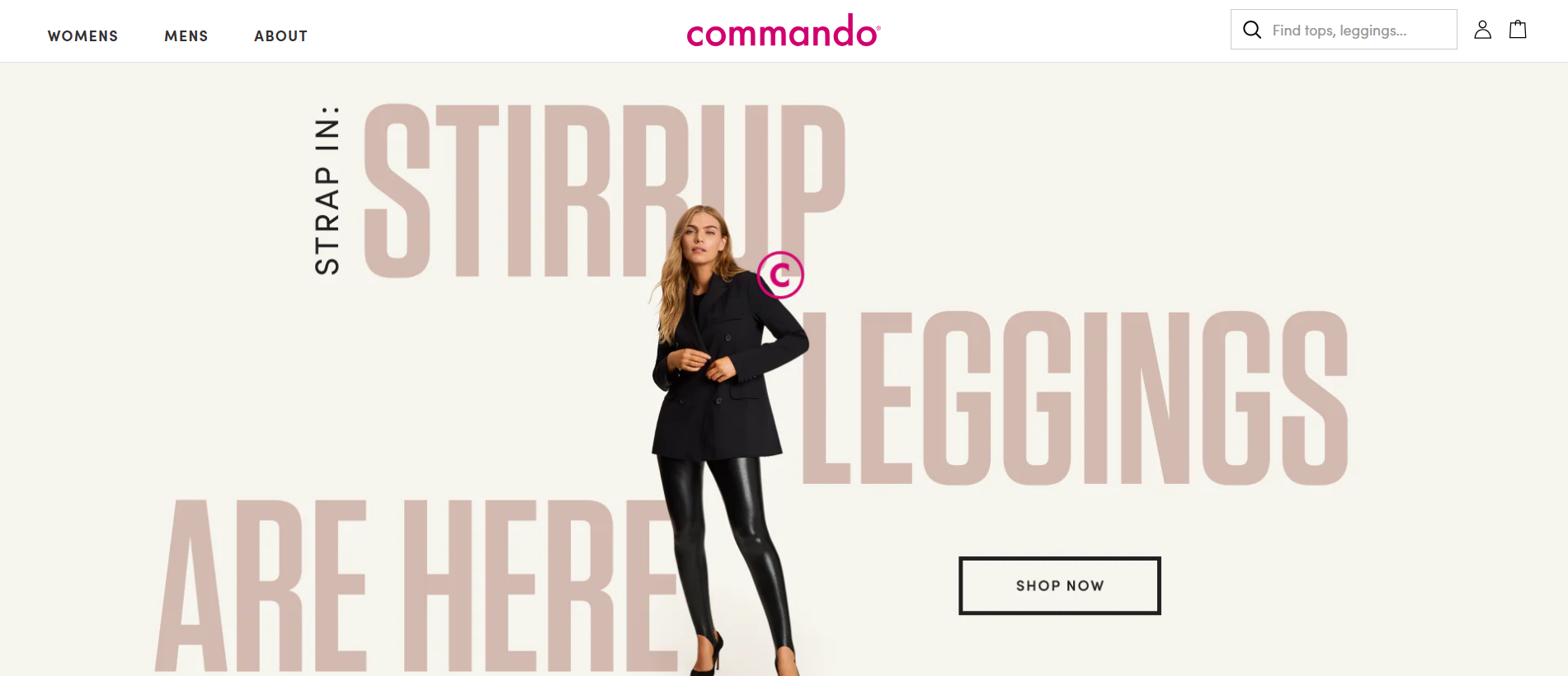
Commando didn’t just make seamless underwear — they made it cool.
Founded in 2003 by Kerry O’Brien, they solved a universal problem: visible panty lines.
Their patented fabrics — microfiber, modal, tech blends — lay flat, move with the body, and don’t dig.
They’re ODM, so they can work with other brands — but they’re selective. And their MOQs? High. Think 300–500 units minimum.
Pro tip: If you’re building a “no VPL” line, study their fabric blends. We’ve reverse-engineered similar performance at Fexwear using Tencel and recycled nylon — same feel, lower cost.
Where they shine:
- Bluesign® certified
- European-sourced fabrics
- Fit-tested across body types
Where they don’t:
- Limited size range (still not fully inclusive)
- No private label for small brands
Anecdote: A client tried to replicate Commando’s fit. She used a cheaper microfiber. First wash — puckering, shrinking, waistband rolled down. She lost 37% of her first batch to returns.
Moral? Fabric matters more than design.
Cosabella: Italian Craft, American Heart
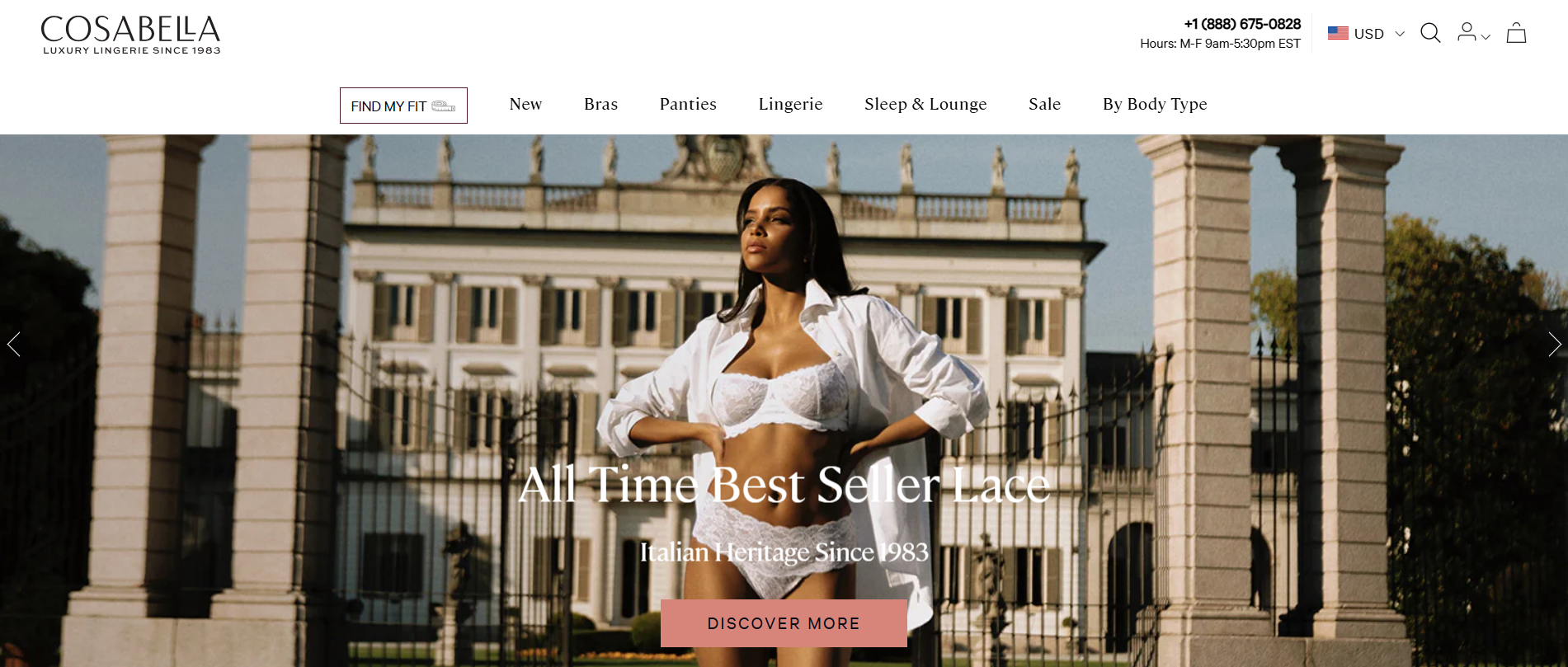
Cosabella is the love child of Italian craftsmanship and American boldness.
Founded in 1983 by Valeria and Ugo Campello in Miami, they brought European lace, fit, and flair to the US market.
They’re OEM, so they don’t do private label — but their inclusive sizing and vibrant colors make them a benchmark.
They were one of the first to offer glow-in-the-dark lingerie. Not a gimmick — a statement.
Pros:
- Fair Trade Certified
- 36+ sizes across styles
- Artisanal lace, hand-finished
Cons:
- Some fit inconsistency
- Limited retail presence outside major cities
Lesson for you: If you’re targeting Gen Z or fashion-forward buyers, color is your hook. We helped a brand launch with neon mesh at Fexwear — sold out in 11 days.
ThirdLove: Tech That Actually Fits
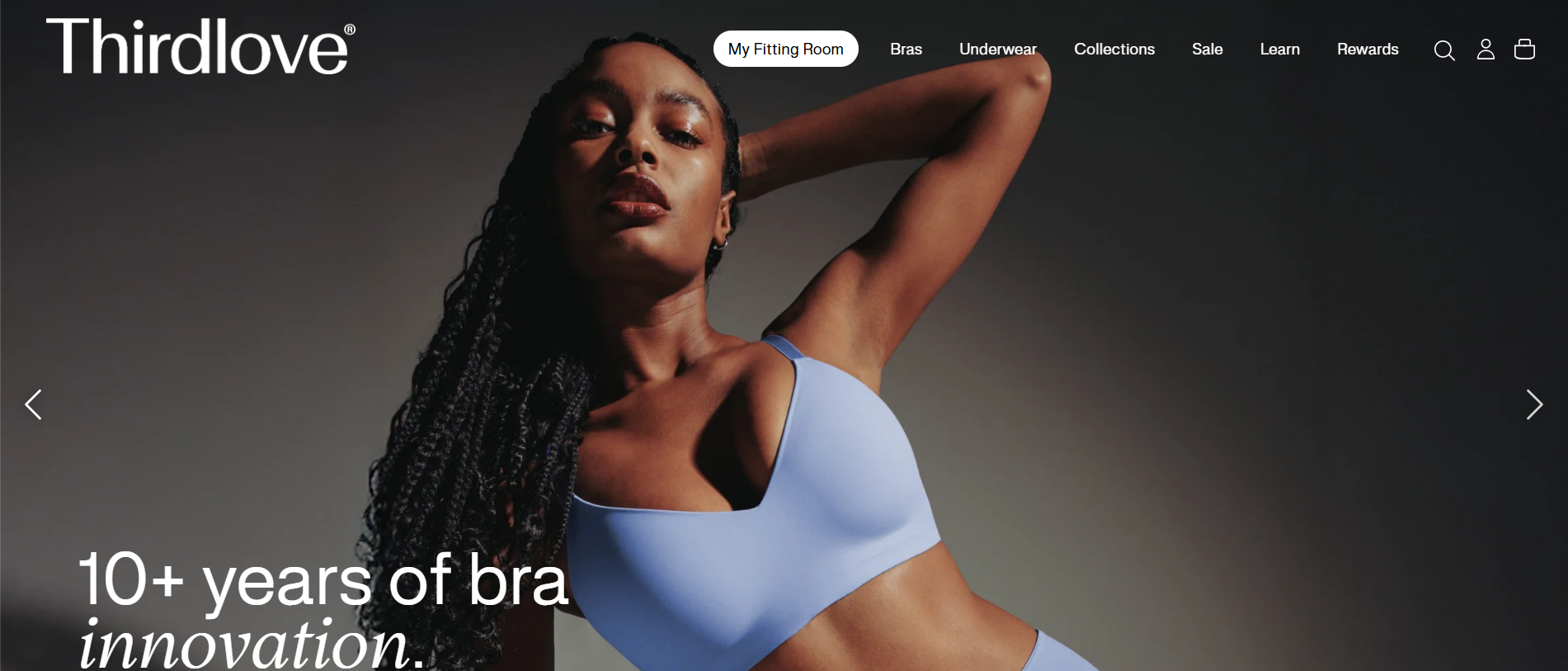
ThirdLove changed the game.
Founded in 2013, they attacked the biggest problem in lingerie: bad fit.
Their Fit Finder quiz? Genius. 800,000+ women have used it. And their half-cup sizes? Finally, someone said, “Not all 34s are the same.”
They’re ODM, DTC-focused, and scale fast. But they’re not open to private label partnerships.
What you can steal:
- Use data to drive fit. Even if you don’t have an app, offer a fit guide.
- Offer try-before-you-buy — we’ve helped brands build this into their model at Fexwear
Downside: Online-only. No physical try-ons. Returns are high — 35% on first-time buyers.
So if you’re building a brand, balance innovation with accessibility.
Natori: Luxury With a Cultural Soul
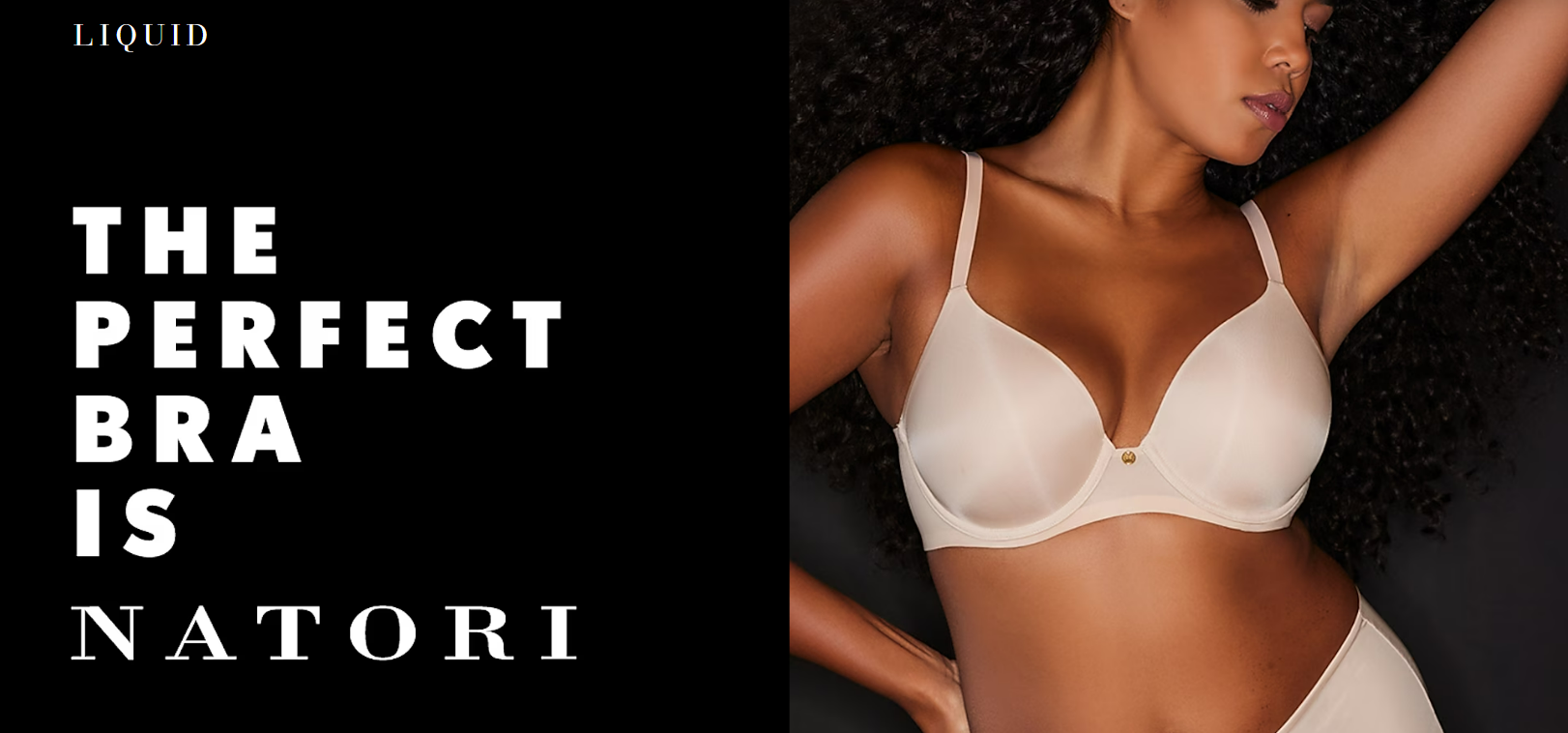
Josie Natori didn’t just build a lingerie brand — she built a legacy.
Her pieces blend Japanese kimono cuts with French lace and Italian silk. It’s not just design — it’s storytelling.
They’re OEM, high-end, and wholesale-focused. Not for startups.
But if you’re aiming for luxury department stores? Study their craftsmanship.
Key takeaway: Cultural fusion sells. We helped a brand blend African prints with lingerie silhouettes — sold out in Nordstrom.
Wacoal America: The Science of Fit
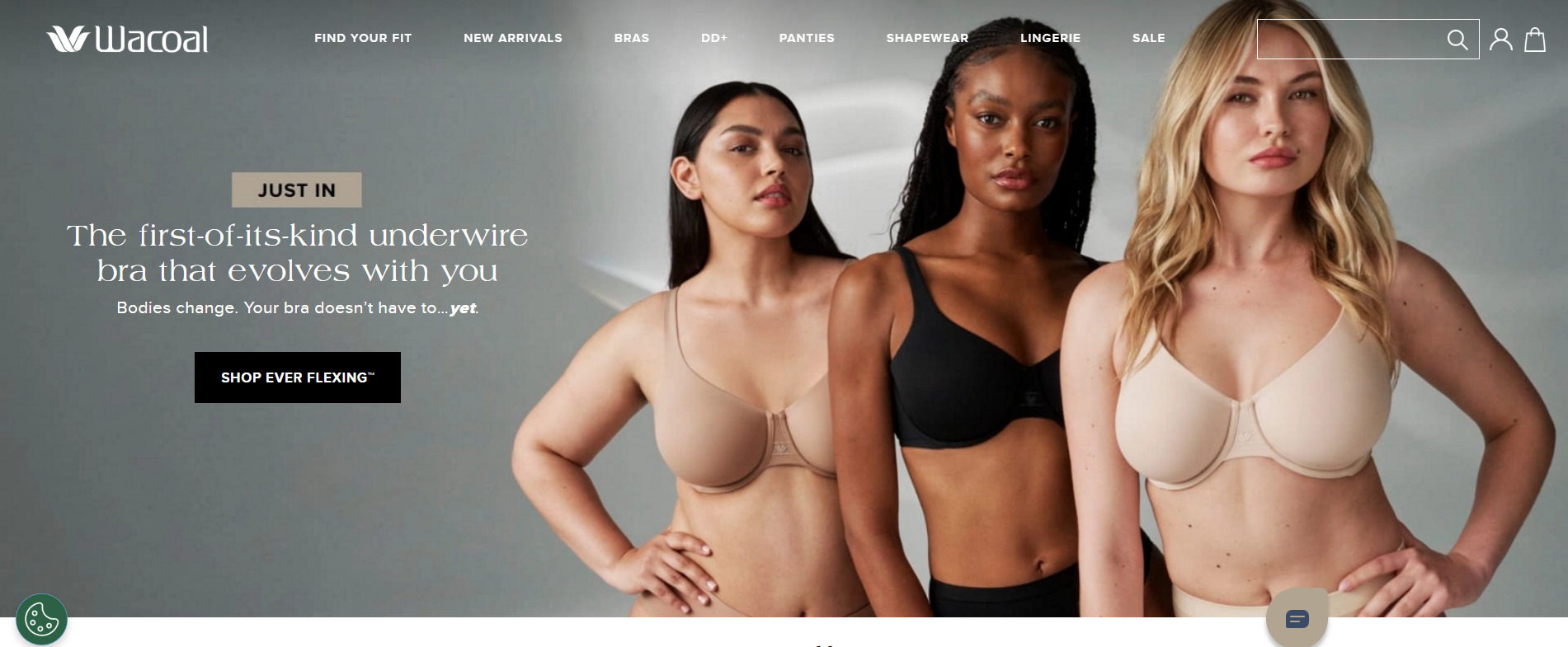
Wacoal is the quiet giant.
They don’t trend. They don’t hype. But they make the most worn bras in America.
Their “Fit for the Cure” program? More than charity — it’s brand trust.
They’re OEM, offer private labeling, but MOQs are high (1,000+). Best for established brands.
If you’re building a supportive line, study their construction. We’ve replicated their underband tech using recycled elastic at Fexwear — same support, 22% cheaper.
Only Hearts: The NYC Atelier That Moves Fast
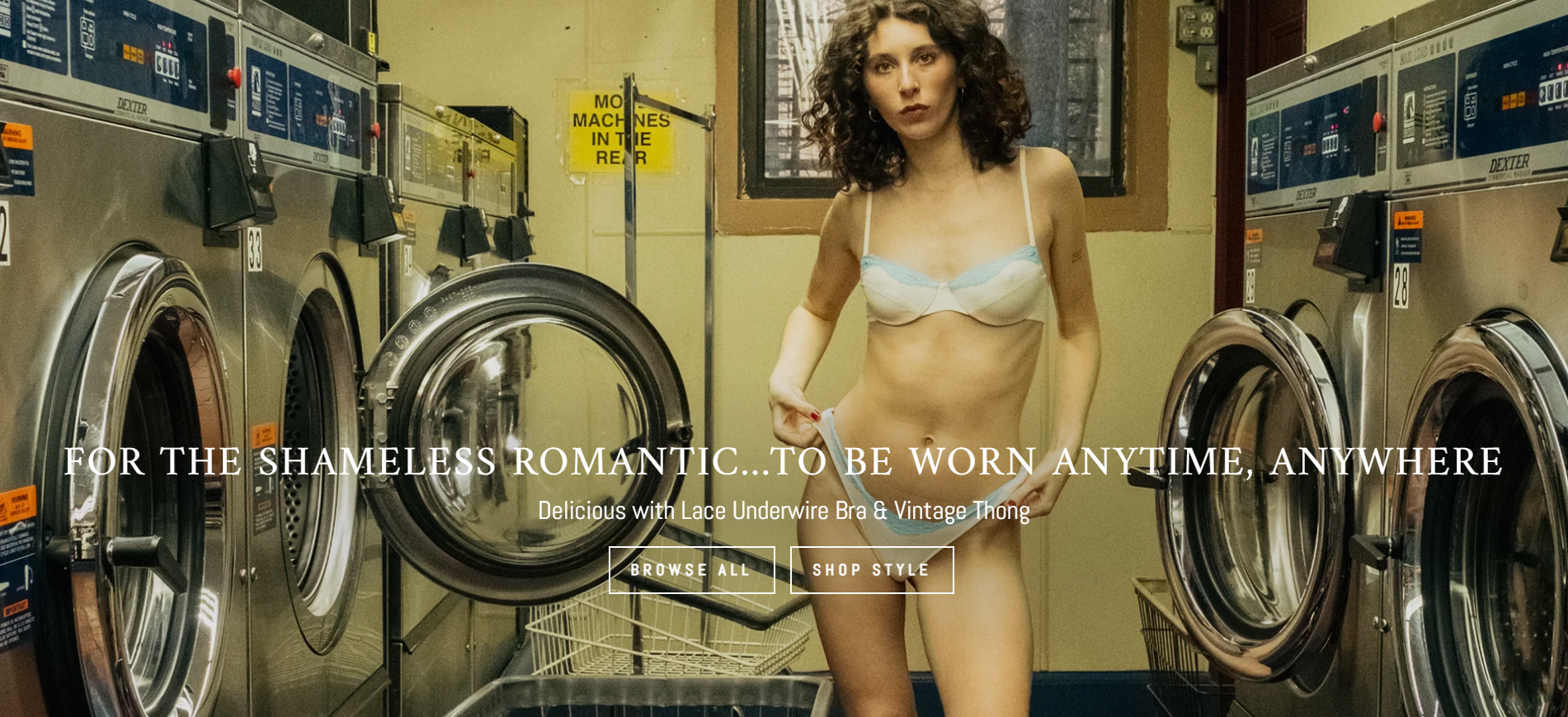
Only Hearts is the anti-factory.
Founded in 1978, they make “inner outerwear” — lingerie you wear outside.
And they do it all in NYC.
Their secret? Agile production. 5–7 day turnaround. 15% raw material buffer for restocks.
They’re OEM, MOQs around 100–200. Perfect for small brands.
But they don’t scale. So if you’re planning 10,000 units? Look elsewhere.
Fleur du Mal: Editorial Luxury, Real Craft
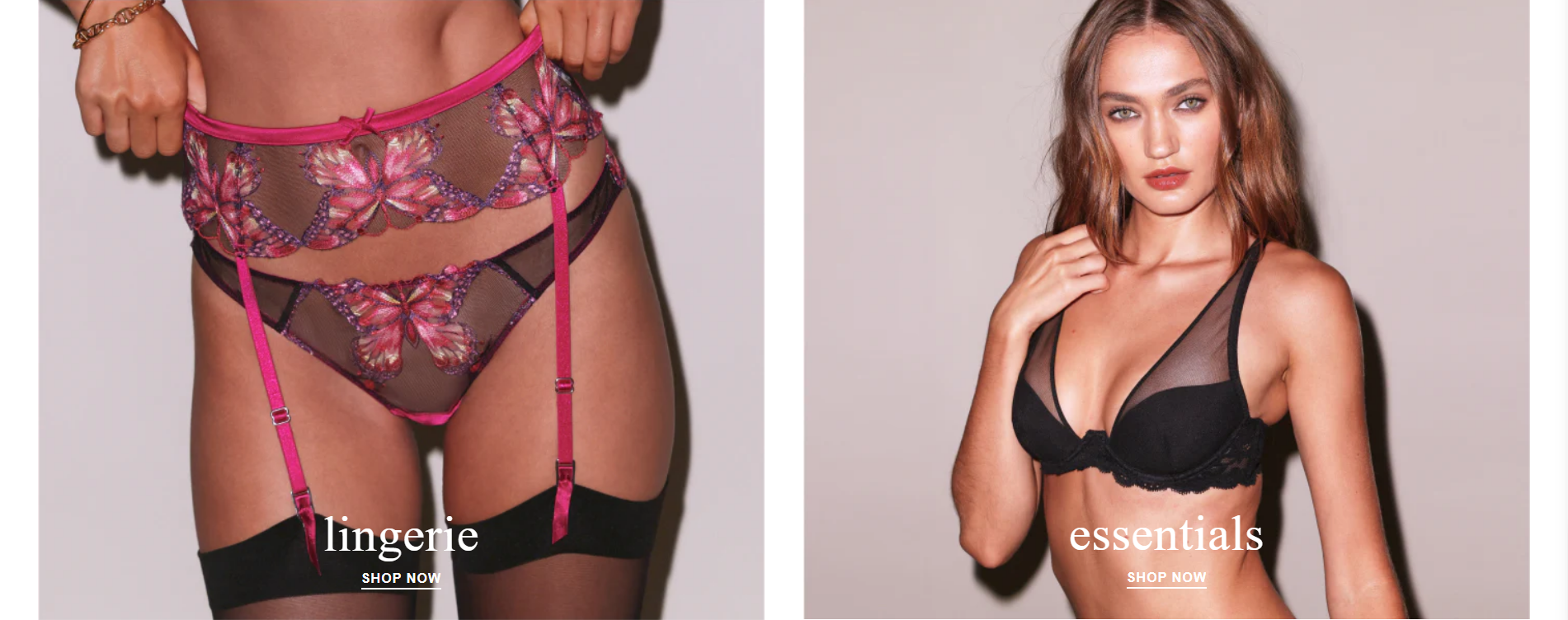
Fleur du Mal is the brand that makes lingerie feel like art.
Founded by Jennifer Zuccarini, inspired by Baudelaire. Yes, really.
They use French Leavers lace, hand-embroidered details, and editorial storytelling.
ODM, high MOQs, not for beginners.
But if you want to know how to build a brand, not just a product — watch them.
Journelle: The Curator, Not the Maker
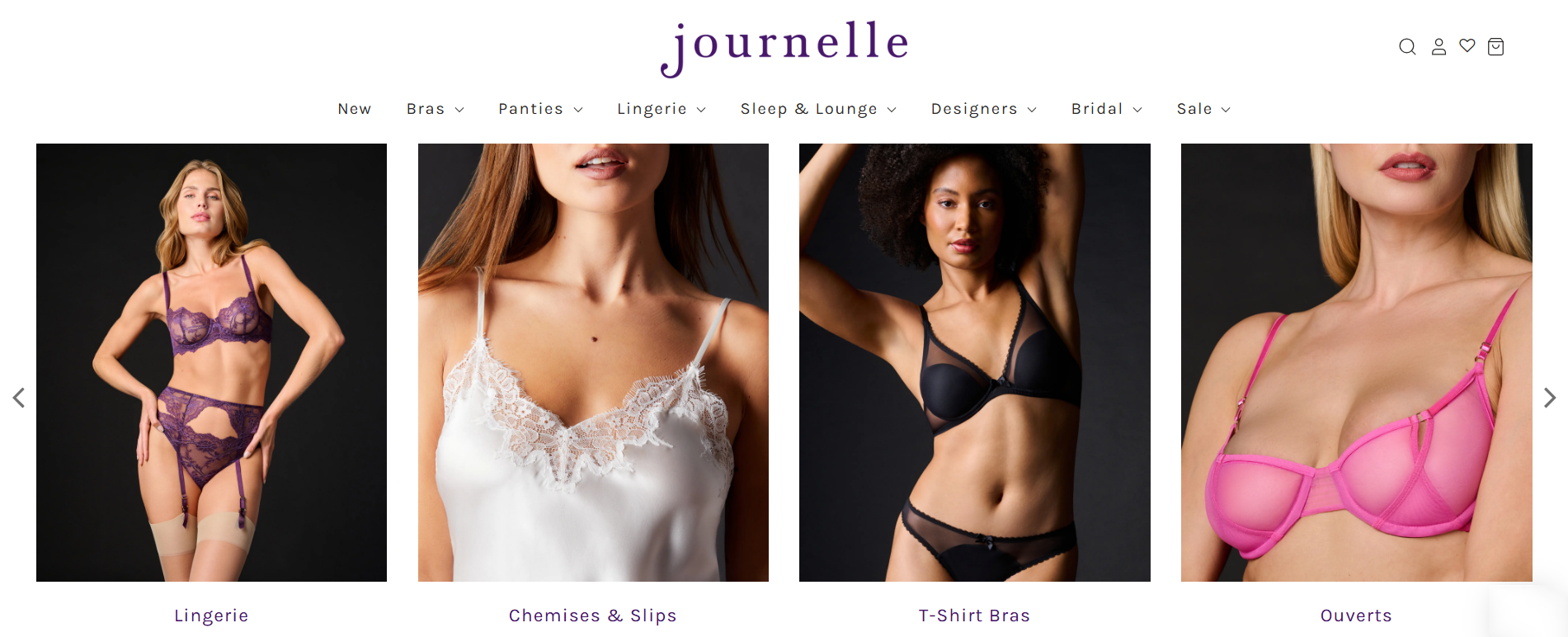
Journelle is a retailer, not a manufacturer.
But they’re on this list because they curate the future.
They work with private label manufacturers to create exclusive lines — and they know what sells.
If you’re building a brand, get on their radar. Or better: build a line they’d want to carry.
Adore Me: The Subscription Game-Changer
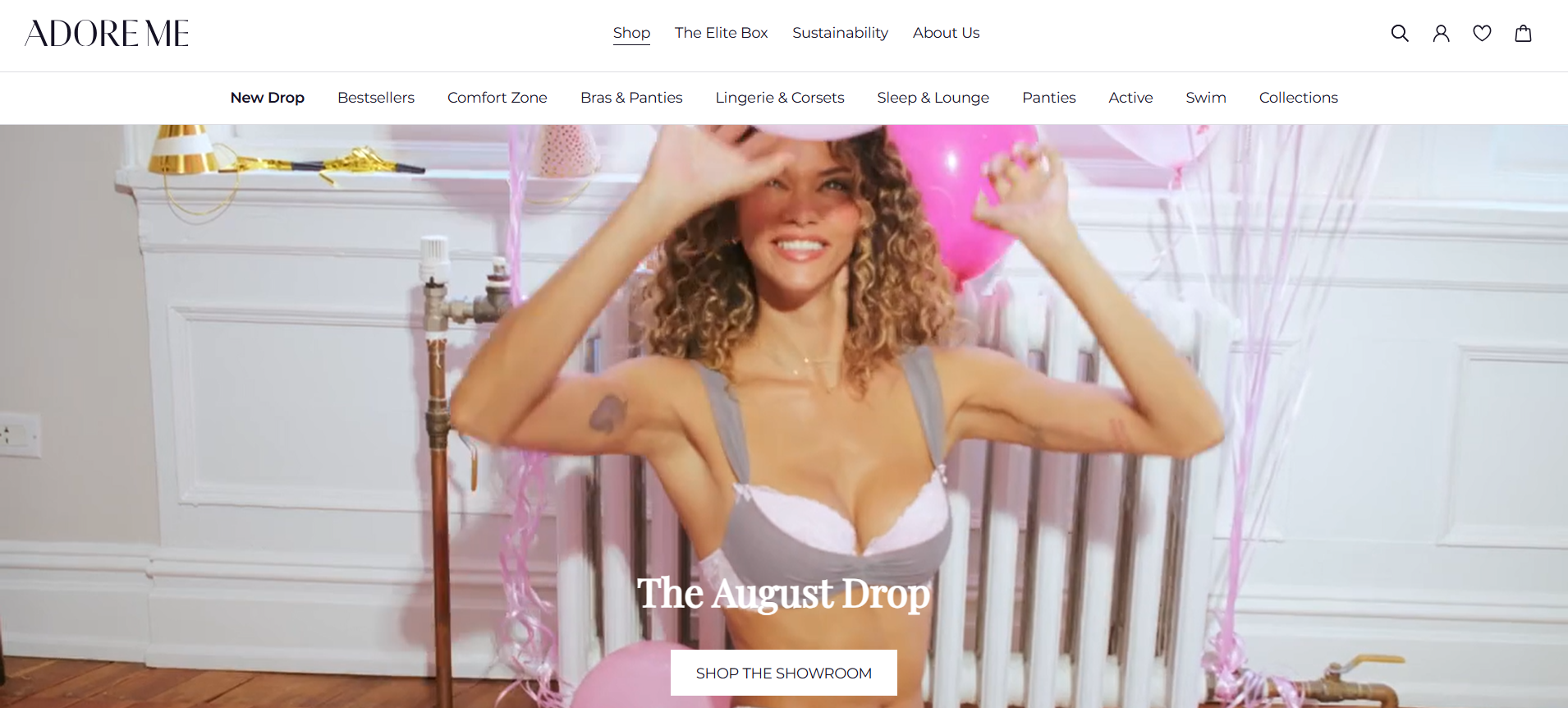
Adore Me cracked the code: access over ownership.
72 sizes. VIP memberships. Home try-ons.
They’re ODM, scale fast, but quality varies.
But their model? Brilliant.
If you’re building a DTC brand, study their retention strategy.
What These Brands Get Right (And Where They Miss)
Let’s cut through the noise.
Here’s what actually separates the leaders from the rest:
The truth? You don’t need to be a manufacturer to win. You need to be smart.
And that’s where Fexwear comes in.
We’re not a US manufacturer. We’re a global partner for brands who want US-level quality without the US-level risk.
Low MOQs. Fast turns. Ethical factories. And yes — “Made in USA” when it makes sense.
How to Choose the Right Partner — Without Getting Burned

Look, I’ve seen too many brands get burned.
They pick a factory because of a slick website. They skip the NDA. They don’t test the fabric.
Then they get 1,000 units that smell like chemicals, shrink in the wash, or don’t fit.
So here’s my checklist:
- Ask for certifications (GOTS, OEKO-TEX®, Fair Trade)
- Demand fabric swatches — wash them yourself
- Require a prototype — not just a sample
- Sign an NDA — protect your design
- Visit the factory — or have someone you trust do it
And if you can’t afford to visit? That’s where Fexwear steps in. We vet factories, test fabrics, and handle QC — so you don’t have to.
The Bottom Line: You Don’t Have to Choose Between “US” and “Scalable”
You’ve got options.
You can start with a US manufacturer for speed and control.
Then scale with a global partner for cost and volume.
Or you can do it all with one team that understands both worlds.
At Fexwear, we help brands launch with 50 units and scale to 50,000 — without changing factories.
That’s the real advantage.
Not “Made in USA.” Not “cheap overseas.”
Control. Quality. Speed.
That’s what wins.
Wrap-Up
You don’t need permission to start small.
You don’t need a million-dollar budget to make something beautiful.
You just need the right partner, the right fabric, and the guts to ship it.
I’ve been in this long enough to know: the best brands aren’t the ones with the biggest factories.
They’re the ones with the clearest vision.
FAQs
1. Can I get lingerie made in the USA with a small budget?
Yeah, but not at scale. Only Hearts or small ateliers might take 100-unit orders — but expect to pay premium. Better to start with a partner like Fexwear who offers low MOQs globally.
2. What’s the best fabric for breathable lingerie?
Tencel, organic cotton, or micro-modal. Avoid 100% polyester unless it’s moisture-wicking. Check our fabric guide for details.
3. How do I protect my design from being copied?
NDA first. Then work with manufacturers who offer exclusivity. We do this at Fexwear — your design stays yours.
4. Are US manufacturers cheaper than overseas?
No. They’re usually 2–3x more expensive. But you trade cost for speed and control.
5. Can I do private label with these brands?
Most don’t offer it. That’s why we exist — Fexwear specializes in private label for startups.
6. What’s the smallest MOQ for US lingerie makers?
100–200 units, sometimes 500. Overseas? We do 50-unit prototypes.
7. How long does it take to produce a batch in the USA?
4–8 weeks. Overseas? 3–4 weeks with the right partner.
8. Do I need to visit the factory?
Ideally, yes. If not, hire a third party — or work with someone like us who’s already vetted them.
Call to Discussion
I’ve worked with brands that blew up overnight and ones that folded in six months. The difference wasn’t the product. It was the process.
So I’m curious: what’s your biggest hurdle right now? Is it cost? Fit? Finding a manufacturer you trust?
I’ve been there. Let’s talk through it.
Agree, disagree, or got a wild story? Let’s hear it.

